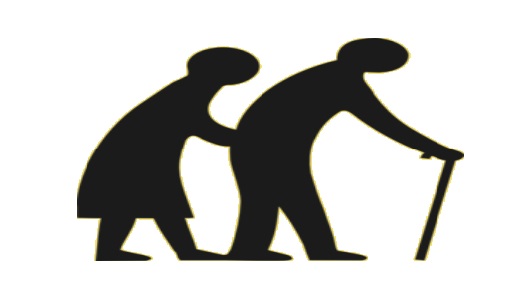Learning Library
Go To--> Learn About | Community Life | Community-Based Living | Caregiver Programs
Article: Changing Relationships in Caregiving
Changing Relationships in Caregiving
Table of Contents
- Changing Relationships in Caregiving

Changing Relationships in Caregiving
By Jane Mahoney Older Americans Act Consultant
Greater Wisconsin Agency on Aging Resources (GWAAR)
There are many challenges and changes that occur as you start caring for a loved one. One of the most impactful is a change in your relationship with the person you are caring for and with other family members.
If you are caring for an aging parent, you find yourself in a role-reversal situation, taking care of the person who used to take care of you. It may feel awkward to be the one taking charge and making decisions for the person you call mom or dad. And conversely, your parent may be resistant to your help; either embarrassed or frustrated by their lack of independence or unwilling to let their “child” take care of them.
If you are caring for your spouse, the relationship that was once an equal partnership now turns into a caregiver/care-receiver relationship. You have spent years sharing the day to day tasks, but now you are the one left to make decisions and run the household. And your spouse may no longer be able to express feelings of love to you, leaving a huge gap in what was once an intimate relationship.
There may also be changes in relationships with other family members. Each person has a different idea of what’s best for the person needing care which can lead to disagreements. And there may be a lack of awareness about how difficult it is for the main caregiver, resulting in hurt feelings and unrealistic expectations.
Whatever your situation is, as a caregiver you will be coping with changing relationships which will undoubtedly be emotionally difficult. Here are some things that can help you adjust to these changes.
Adjust your perceptions and expectations of the person receiving care. Try to understand what his current needs and capabilities are and accept him as he is now. Letting go of the way things used to be can be painful, but it is necessary to adjust to what is real now. If he is treating you differently, remember that he’s not doing it on purpose, it is a result of his disease/ condition.
Encourage the person receiving care to be as independent as possible. Don’t automatically do things for her. Find out what she can do and help her do as much she can on her own. Not only will this lighten your load, but it also increases her self-confidence and self-worth.
Hold a family meeting to help define roles in the caregiving situation. Setting aside time for everyone to communicate their thoughts and ideas creates a feeling of teamwork. Involving all family members in a plan of action helps disperse the tasks needed to be done and creates an understanding of each person’s role.
Talk about how you are feeling. Sharing your emotions with someone you trust can be very healing. Bottling up your feelings and trying to look stoic will not help. A support group is a safe place to share your emotions with others who are experiencing similar feelings, and you may also learn coping techniques as well.
The most important thing to remember is that these relationship changes are normal, as are the feelings of fear, guilt and anger. Once you’ve accepted these changes you will be ready to move on and make sense of your new relationships and find peace and satisfaction in your caregiving role.
Last Updated on 4/23/2019